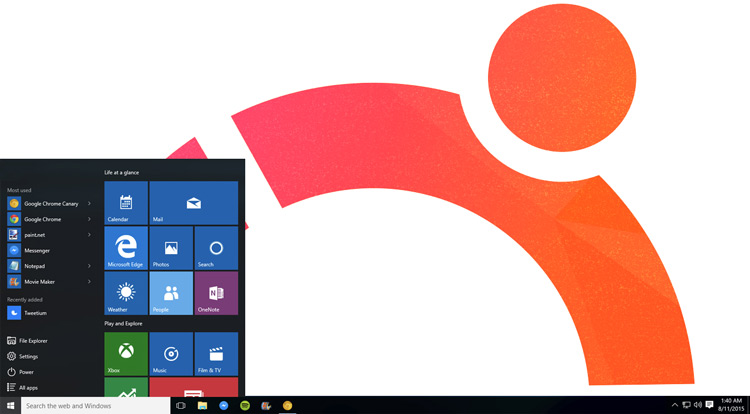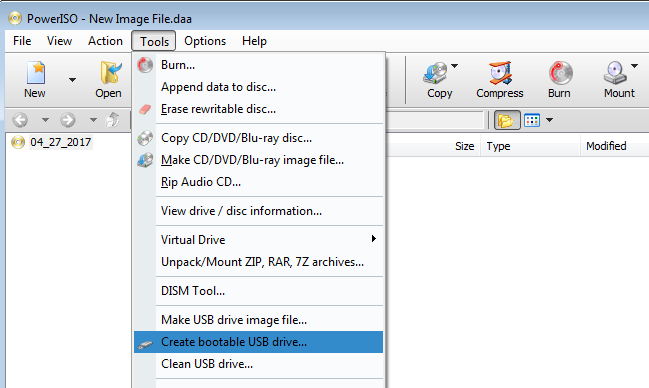

These included ISOs to install various versions of Windows, Linux, and related tools. There were many ISOs available for download.

Other multiboot tools included MultiBootUSB ( 4.9 stars from 308 raters), WinSetupFromUSB ( 4.2 stars from 1,044 raters), and Easy2Boot ( 4.7 stars from 22 raters).īootable USB drives could be created from ISO files. I also had some experience with SARDU ( 4.0 stars from 260 raters) and XBoot ( 4.1 stars from 234 raters). YUMI ( 4.6 stars from 304 raters at Softpedia) was not the only choice for creating a multiboot USB drive. By contrast, a single-purpose USB drive would do just one thing: it would boot a Windows or Linux installer, or a drive partitioning utility, or some other tool, but it would not give the user a choice among a number of such tools, all contained within a single USB device. My YUMI multiboot drive had maybe 15-20 different utilities loaded on it.

Popular tools for creating single-purpose bootable USB drives included Rufus, Universal USB Installer (UUI), WinSetupFromUSB, and UNetBootin.Ī multiboot USB drive was capable of booting multiple programs, selected from a menu after booting the multiboot tool. When I say “single-purpose,” I mean they were not multiboot drives. I had a couple of single-purpose bootable USB drives. After that introductory material, there is a detailed explanation of the USB to ISO (sometimes rendered as USB2ISO) process. This post begins with an explanation of essential concepts (e.g., ISO, bootable USB, multiboot).


 0 kommentar(er)
0 kommentar(er)
